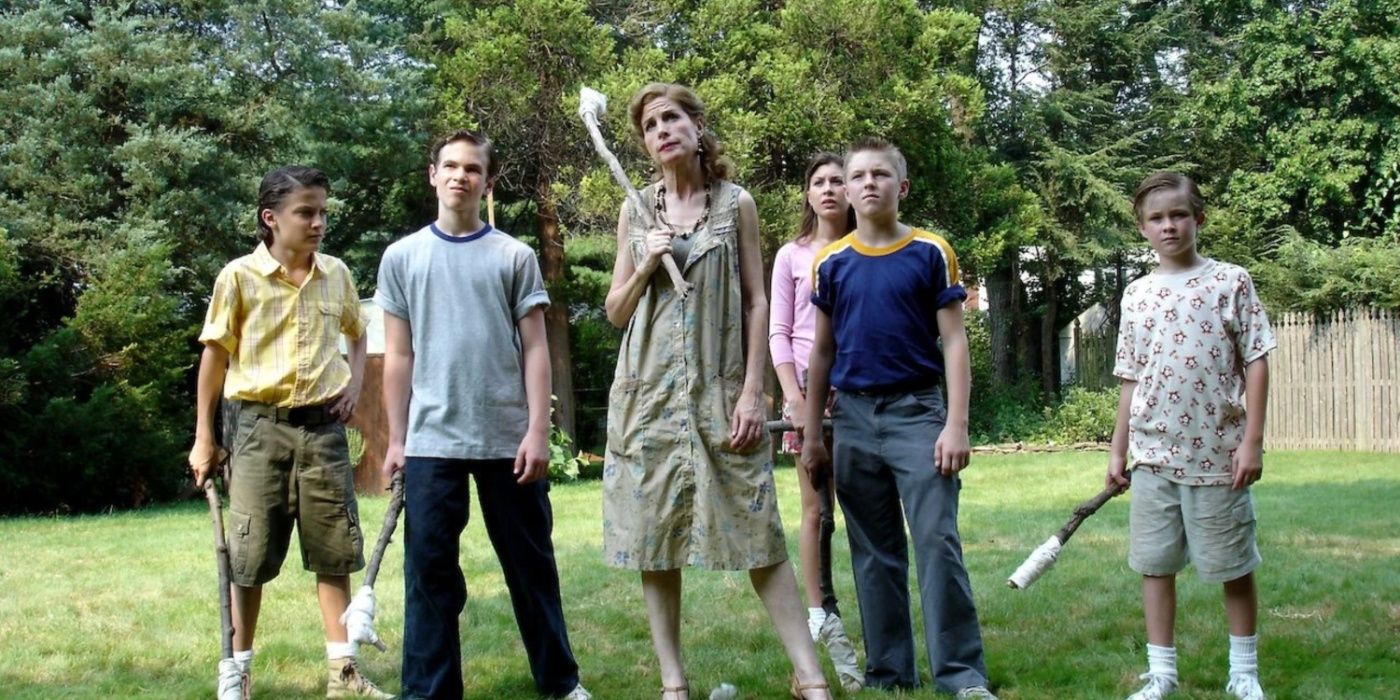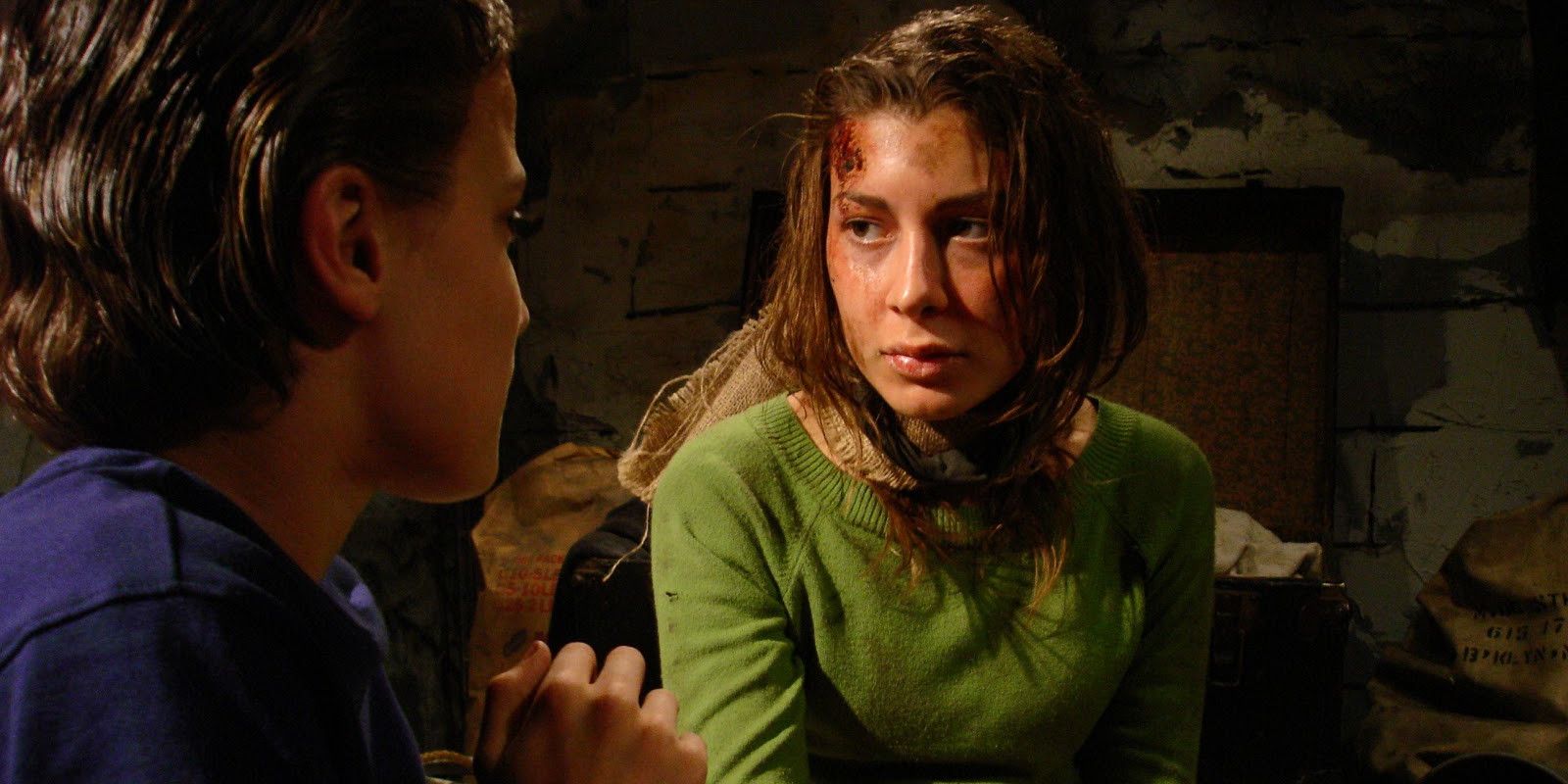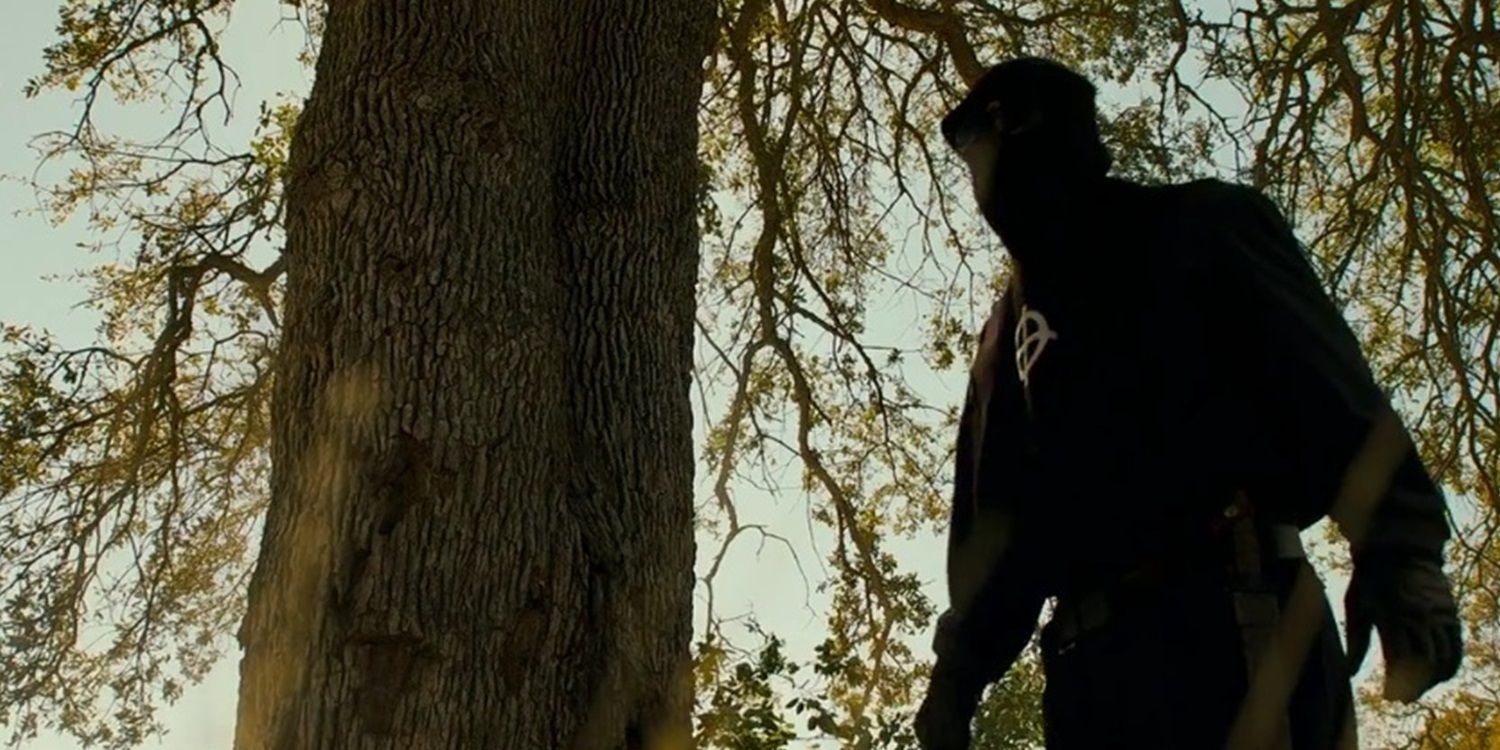Summary
- The Girl Next Door is a highly disturbing movie that portrays extreme cruelty, inspired by the real-life case of Sylvia Likens and Gertrude Baniszewski.
- The real story behind The Girl Next Door is even more horrifying than the film itself, as it involves severe abuse, torture, and sexual assault that lasted for months.
- The movie is categorized as a horror film, but director Gregory Wilson considers it more of a dark drama that explores the tragic events and cases of abuse, making it emotionally shattering to watch.
Contains discussion of graphic torture and abuse.
Based on a novel by Jack Ketchum, 2007's harrowing The Girl Next Door movie is made a much harder watch after learning about the Girl Next Door true story. Both the movie and the book were inspired by the real-life case of Sylvia Likens and Gertrude Baniszewski. While the '00s had no shortage of extreme 'torture-porn' movies, The Girl Next Door is renowned for the exceptional level of cruelty it portrays, and how difficult it is to watch — and the real story that inspired The Girl Next Door makes it even harder to sit through.
2007's The Girl Next Door centers on Meg Loughlin, a teenager who is sent — along with her younger sister — to live with her aunt Ruth after her parents are killed in a car accident. Unfortunately, Ruth is a sadistic psychopath who begins abusing, then torturing Meg, and also sexually assaulting Meg's sister Susan. The most horrifying part of it all is that The Girl Next Door, unlike other highly tense '00s horror such as Hostel or The Strangers, was inspired by a specific real crime. Even more shocking still, there wasn't much creative license needed when The Girl Next Door true story to make the movie as disturbing as it turned out.
The Girl Next Door is available to stream on Amazon Prime Video.
Sylvia Likens and Gertrude Baniszewski — The Girl Next Door True Story Explained
The Disturbing Crime That Inspired Jack Ketchum's Horrific Story
The Girl Next Door was adapted from the novel by Jack Ketchum (who also wrote the book which inspired 2011's The Woman). Jack Ketchum's The Girl Next Door novel was inspired by the real-life torture and murder of a teenage girl named Sylvia Likens in 1965. Sylvia's abuser, Gertrude Baniszewski, was a family friend, not her aunt, but the circumstances were very much the same. Just as in the film, Gertrude's children and neighbor kids get involved in the abuse, which reaches horrifying levels.
Like The Conjuring, Psycho, and other true story-inspired horrors, The Girl Next Door is, on an objective level, an excellent horror movie. It's well-written, well-acted, well-shot, and has good period production design, and is legitimately terrifying. While the violence is shocking, if it was entirely fictional, it would be easier to deal with. But knowing that this tragic, harrowing true story happened to a real person is emotionally shattering and devastating, and makes the film an endurance test to watch.
Notably, while The Girl Next Door movie is already extremely disturbing to even long-time horror viewers, the book is actually even more graphic than the film adaptation. Though the characters and stories are of course similar, the book is comparatively much more gruesome and descriptive when it comes to certain key scenes. There are just some things that books can get away with and movies cannot, a fact that those familiar with Stephen King's books and movies can attest to.
What Happened To The Real-Life Meg (Sylvia Likens)
The Tragic True Story Of The Real Girl Next Door
Sadly, Sylvia ended up dying in almost the same manner as her onscreen The Girl Next Door counterpart Meg, and there was no David equivalent there in real life to try and protect her. Sylvia died from a combination of the horrific abuse inflicted upon her and malnourishment. The abuse itself lasted for several months in The Girl Next Door true story — a harrowing realization considering the depth of abuse Gertrude Baniszewski subjected Sylvia Likens to. The fact any human being could endure any of the acts shown in The Girl Next Door, let alone for months on end, is truly a testament to Sylvia Liken's strength.
Like many other cases that inspired true-crime shows and documentaries, The Girl Next Door true story didn't end with true justice for Sylvia Liken. Opportunities arose for Sylvia to get help, but Gertrude threatened to subject her younger sister Jenny to the same treatment. Gertrude Baniszewski tried to cover up her crimes, but Jenny was able to reveal the truth once removed from the home. Infuriatingly, Gertrude only served a mere 19 years of her life sentence before being paroled, and then dying in the '90s.
How The Girl Next Door Director Gregory Wilson Justifies Its Brutality
The Shock Factor Is Used To Explore Tragedy
The Girl Next Door uses shocking violence and brutality as a narrative and thematic tool. However, this doesn't make it free from criticism. Many still felt The Girl Next Door went too far, and — like many graphic horror movies of the era — employed means that the ends didn't justify. Director Gregory Wilson, for his part, attributes this to several factors. Interestingly, he points out that those expecting a more palatable horror film had such an adverse reaction because The Girl Next Door is more of a dark drama than it is a horror.
During an interview with blog smugfilm.com, Wilson gave some fascinating insight into why viewing The Girl Next Door as under the horror genre umbrella doesn't align with his interpretation. The filmmaker commented:
"There are really three different stories here, and then of course you have the child abuse element, which to me was the social horror element. And that’s why, even though it’s classified as a horror film, it’s very much a dark drama. What I discovered later on was the consistent theme with the other directors was that they were focusing on the horror elements."
He drew direct comparisons to the likes of Freddy Krueger from A Nightmare On Elm Street, if only to point out why The Girl Next Door wasn't in the same category of story. The brutality of The Girl Next Door was essential not because Gregory Wilson wanted to scare viewers, but because he wanted to explore every element of one of the most tragic events and cases of abuse in recent history. Wilson added:
"I always looked at The Girl Next Door as a social horror, as opposed to your traditional fantasy horrors—your Freddy Kreugers and your Friday the 13ths, etcetera. So my pitch to them was that the social horror element is a crucial element. I saw a coming-of-age story among all the kids that were involved, all of them, and I also saw an unfulfilled love story between the two main characters."
The Girl Next Door Movie Came At An Odd Time For The Horror Genre
Gregory M. Wilson's 2007 Movie Debuted During The Rise Of 'Torture Porn'
While the book can be simply categorized as horror or true crime, The Girl Next Door movie has a more complicated role in the wider evolution of the horror genre. In the 2000s, there arose a sub-genre of horror that came to be labeled 'torture porn' by many in the press. At the head of this pack were the Saw and Hostel franchises, which featured excruciatingly brutal scenes of violence and gore courtesy of Jigsaw's death traps and the Elite Hunting Club, respectively.
The idea behind the label was that the kill and torture scenes were being done solely for the twisted amusement of horror fans, and for some, that's undoubtedly true. However, one 2000s horror movie that could never be accused of presenting torture for audience enjoyment is The Girl Next Door. Even at the time when the sub-genre peaked, The Girl Next Door was considered excessive. On the back of the original The Girl Next Door movie DVD, there's even a Stephen King quote that perfectly describes the movie's place in the genre: “The first authentically shocking American film I’ve seen since Henry: Portrait of a Serial Killer.”
Other Stomach-Churning True-Life Horror Films That Are Tough To Watch
The Girl Next Door Isn't The Only Disturbing Movie Based On A True Story
The Girl Next Door definitely isn't alone in bringing real cases of horror to life onscreen. For instance, the paranormal horror The Exorcism of Emily Rose tells the real story of Anneliese Michel, a girl who was possessed by demons and suffered a year-long exorcism. Michel's ordeal, which involved suffering from convulsions and horrifying hallucinations, has since inspired nearly every other horror film dealing with demonic possession.
There's also 2007's Borderland, which is based on the real crimes of cult leader Adolfo de Jesús Constanzo. Alongside his followers who treated him like a god, Constanzo cut up human body parts for ritual sacrifice. For those looking for something truly stomach-churning, the '80s horror flick Eaten Alive is about the real-life criminal Joe Ball, who killed around 20 women in order to feed them to alligators.
Meanwhile, Zodiac tells the true story about the titular serial killer and their reign of terror over Northern California. Although there's circumstantial evidence to conclude that the Zodiac killer is dead, what truly makes Zodiac truly tough to watch is how it's largely believed that the serial killer is still at large. Just like The Girl Next Door, these movies take the concept of horror to the next level by borrowing from real people and events — reminders that in the real world, true horror could be just around the corner.
There's A Documentary That Covers The Girl Next Door True Story
Documentary Series Deadly Women Has An Episode On Gertrude Banizewski
Deadly Women is a documentary series that ran from 2005 to 2021. The show focuses on murders committed by women, and one of its earliest seasons told The Girl Next Door true story. Season 3, episode 11, "Born Bad" focuses on three real-life stories, the first of which is the story of Gertrude Baniszewski. The episode sheds light on the case in a succinct manner, and the documentary doesn't give a full detailed account of the events as only a third of the episode is focused on the story.
The Deadly Women season 3 episode works well for a basic run-down of what actually happened and how the circumstances inspired Jack Ketchum's novel and The Girl Next Door movie, but the trial that followed and the societal implications of the crime were only touched upon.






